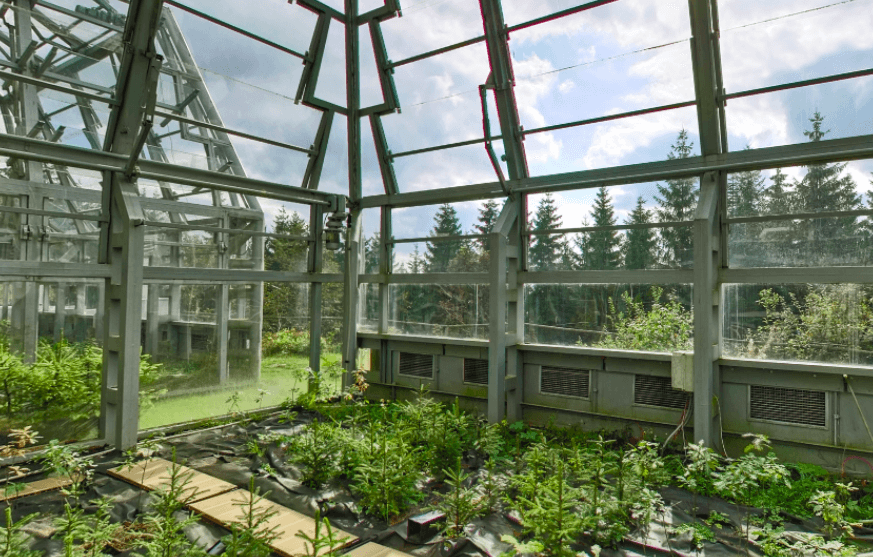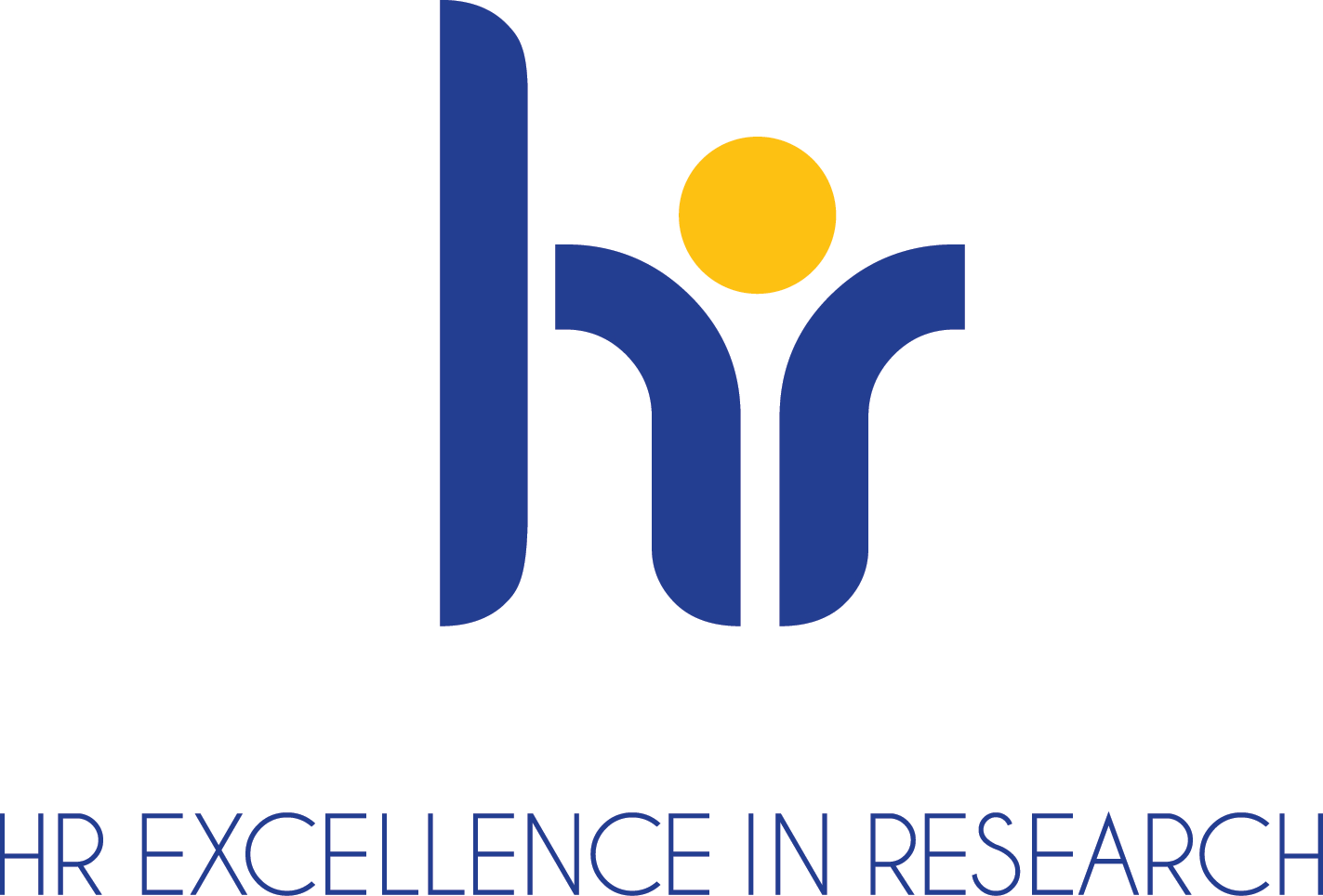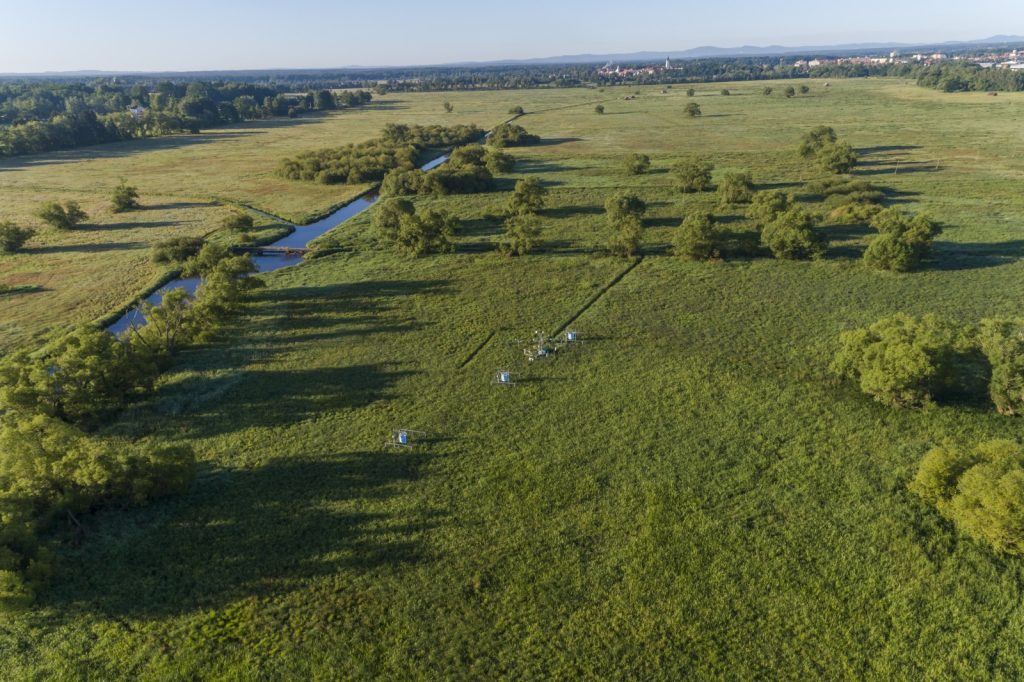Technical Assistance for the Deployment of an advanced hyperspectral imaging sensor
Recipient: Ústav výzkumu globální změny AV ČR, v. v. i.
Keywords: vegetation fluorescence
Annotation of project:
The scientific objectives of HYFLEX are derived from the scientific objectives of FLEX. The FLEX mission concept aims to provide global maps of vegetation fluorescence, which can be converted into an indicator of photosynthetic activity. These data would improve the current understanding of the amount of carbon stored in plants and their role in the carbon and water cycles. The HYFLEX campaign will support the in-flight testing of the prototype HYPLANT airborne instrument/sensor, owned by Contractor, and the preparation and execution of flights in 2012 to support the demonstration of FLEX capabilities in: 1) Improved understanding ofthe role of vegetation in the water cycle 2) Monitoring of vegetation health status By combining the Agency-funded technical and scientific flights with already ongoing activities for instrument assembly and ground based testing in the framework of national programmes, a cost effective solution is achieved.




